2. Natural Habitat
Understanding the behaviour of Haworthias in their natural habitat is helpful in understanding their needs and how to take care of these requirements. Haworthias are endemic to Southern Africa, and mostly to South Africa. Some varieties also spill over the neighboring countries of Swaziland, Southern Namibia and Southern Mozambique. South Africa experiences a high degree of sunshine with rainfall about half of the global average. It has semi-desert regions in the north-west, while the Western Cape has a Mediterranean climate with winter rainfall, most of the country experiences summer rain.
In South-Africa, Haworthias are found growing in rocky and hilly soils which drain very easily. They almost always grow in the shady areas, i.e in rock crevices or under the shade of other foliage. This is because despite their affinity for light, they don’t like direct sunlight.
1. Introduction
Most Haworthias can be described as easy to grow. They are very tolerant of a relatively wide range of temperature, humidity and growing regimens. Most of the available information about these plants is localized for Europe and America and the northern hemisphere in general, as most of the scholars and scholarly work on these plants comes from there. We have to adapt and adjust the best practices in haworthia growing to the geography and climate of the Indian sub-continent. It is not tough, and has been done successfully for several decades by Indians, Thai, and Indonesians, all of whom share elements of similar climate.
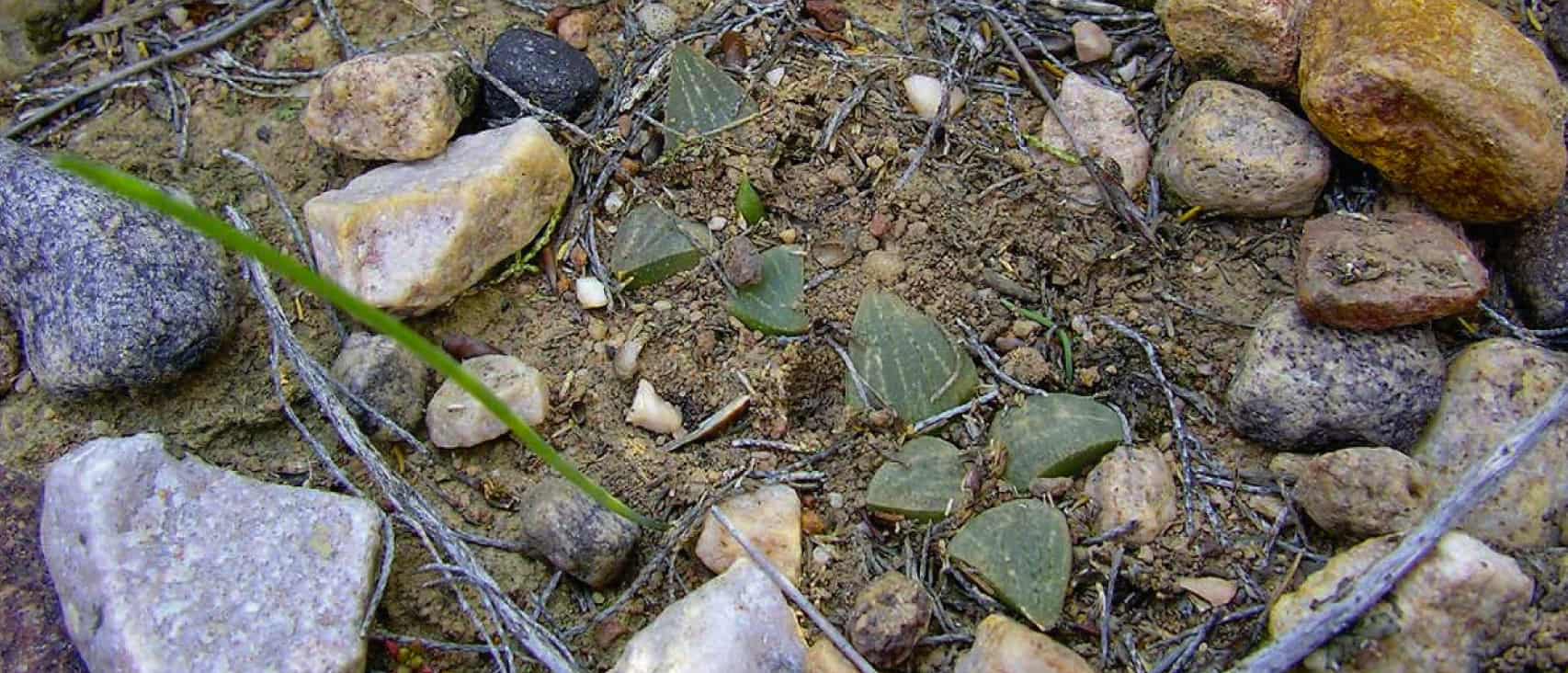
HIBERNATION / DORMANCY
In their native habitat, Haworthias experience two phases of growth every year. First is the growing phase, this is present during most of the year including autumn, winter and spring. In this phase the plants receive ample rainfall and temperatures upto 20°c. This are favorable conditions and so the plants display good growth, put on plumpness and a glow of health. The second phase is the hibernation phase, which takes place for 6-8 weeks during summer months. During this period, temperature go above 30°c and hot winds blow with no rainfall. These are unfavorable conditions and so the plants enter a state of hibernation where they leave growth mode and enter a mode of subsistence. They will shrink in size and put on an unhealthy appearance. They will also begin renewing their roots by consuming their old ones for resources and sprouting new ones. Haworthias can hibernate in case of either excessive hot or cold temperatures.
In our experience in India, they enter Hibernation during April – May period when temperatures routinely exceed 40° c. This may be extended into June if it continues to be especially hot and humid. Haworthias are not to be actively fed or watered during their hibernation. It is best to increase the gap between watering schedule to 1.5x – 2x the original rate. They don’t expect feeding or regular watering and doing so will put them in harm. They may look sickly but it is natural and part of their behavior and genetic makeup.
ACCLIMATIZATION
Depending on where your Haworthias come from, they will have slightly different needs and behaviour. Haworthias imported from Europe/USA will have a tough time with our summer and the heat in general. They will also have slightly offset Hibernation period from July to August. Imports from South East Asia will have slightly less issues but will still expect a bit cooler and drier weather than will be available to them. Once they grow successfully in India for an year and a half, you can rest assured that they will become acclimatized and familiar with their new home.
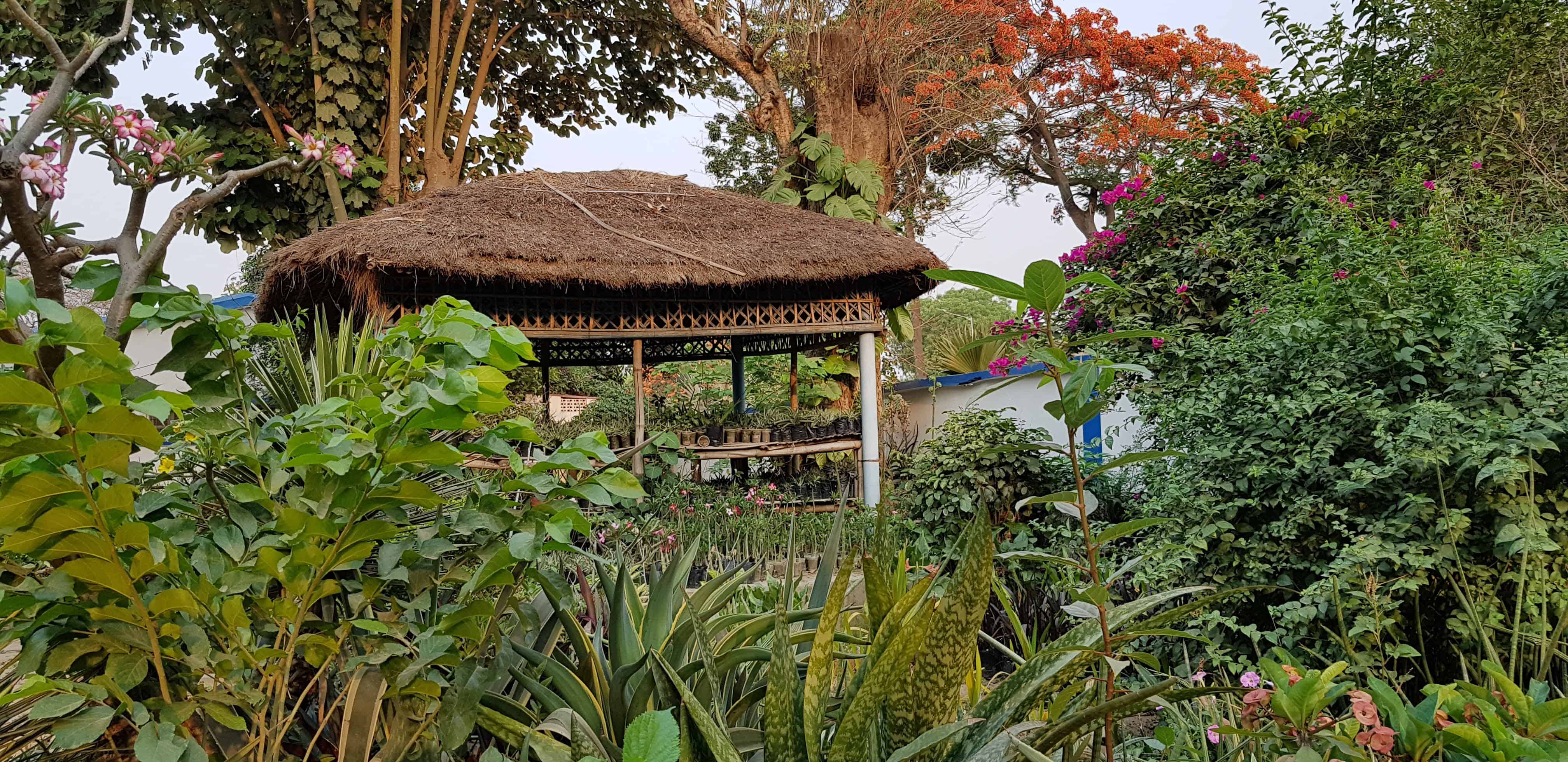
Ideal temperature range for Haworthias is 21-32° C
Ideal humidity range for Haworthias is 25-35%
Ideal lighting condition for Haworthias is bright and indirect sunlight.
Ideal soil for Haworthias is porous and fast draining.
Ideal ventilation for Haworthias is well ventilated.
3. Growing Conditions
The growing conditions should facilitate good growth of Haworthias by maintaining growing factors as close to the suggested ideals as possible. The biggest non-compliance we face in India is of temperature, which on average is much higher than the ideal requirement. There are many methods to bring it in compliance. The simplest method is to create additional shade in the growing area to bring down the temperature.
Next, if possible then use fans, evaporation coolers or AC. Another possibility is to use an indoor growing environment with artificial lights as temperature can be more easily controlled indoors. We have used Vetiver Mats (khus mats with a drip line) to good success.
Temperature
Best Case
- Winter: Day 15°-25°c. Night 10°-15°c and Summer: Day 25°-35°c. Night 15°-20°c
- Average Ideal temperature: 20°-30°c
Note
- Winters in India are naturally compliant with the plants requirements. Shielding may be necessary in regions where temp. falls below 5°c.
Ensure proper lighting during this phase as sunlight is relatively weaker. - Summers in India are non-compliant with temps. rising over 40°c in many regions. Shielding, cooling and ventilation is necessary to help the plant survive.
Humidity
Best Case
- Winter: 30% – 40%
- Summer: 25% – 35%
- Average Ideal Humidity is 25% – 35%
Note
- Haworthias perform better in humid climates.
- Indian humidity in most regions is generally compliant with the needs of Haworthias.
- Humidity during rainy season is non-compliant due to simultaneous presence of high temperature and humidity.
- Humidity can be increased by covering the top of the pots with plastic lids/enclosures
- Humidity can be decreased by increasing ventilation or by installing de-humidifiers
Ventilation
Best Case
- Well ventilated
- Systematic circulation: incoming air from bottom, outgoing air from top
Note
- Use a combination of fans and exhaust fans to create circulation if natural flow isn’t enough.
- More important to have good air circulation at night than during day to help with plants CO2 cycle.
- Lack of proper ventilation in indoor growing is more prominent
Light
Best Case
- Bright Light indoors
- Semi Shade outdoors
- Average Ideal Light: 10,000 lux
- Ideal photo-period: 6-8 hrs
Note
- Direct sunlight will be injurious/fatal to Haworthias. Use shading nets of different intensity 30% – 50% to create properly diffused light.
- Lighter colour or variegated haworthias need lesser light than their greener counterparts.
- Haworthias will become darker if exposed to too much light and will become etiolated if underexposed. Both these conditions are temporary and can be fixed by placing in proper light.
4. Growing Resources
Growing resources for Haworthias consist of Pot, Soil, Water and Fertilizer. Though, they are specially formulated to provide optimum growing and nourishment for Haworthia plants and provide for the special needs of this genus. Some of the essential needs of Haworthias are, the need to have healthy roots, need to have good moisture retention and drainage, and the need for a specialized watering and fertilizing regimen. They need a few other micro-nutrients apart from NPK for ideal health. The choice between infrequent application of slow release fertilizer or frequent application of low doses of quick release fertilizer depends upon the grower, though generally quick release fertilizers are better. Similarly though organic fertilizers are more readily available and commonly used by growers in India, and do the job well, but they are still not as effective as proper dosage of good synthetic fertilizers.
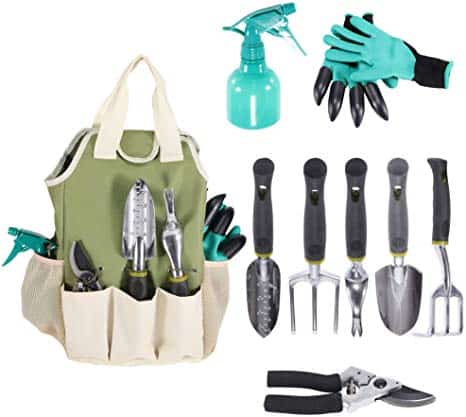
Ideal pot is tall, oversized, with drainage holes and non-porus
Ideal soil is moisture retentive, porus, and easily drained
Ideal watering is thorough watering when medium is dry
Ideal fertilizer is synthetic, quick release, with micro nutrients
Pots
Best Case
- Cylindrical and Tall
- Oversized
- Good bottom drainage
- Made of non-porus material, i.e. plastic, ceramic
Average Case
- Good size
- Good bottom drainage
- Made of clay or polybag
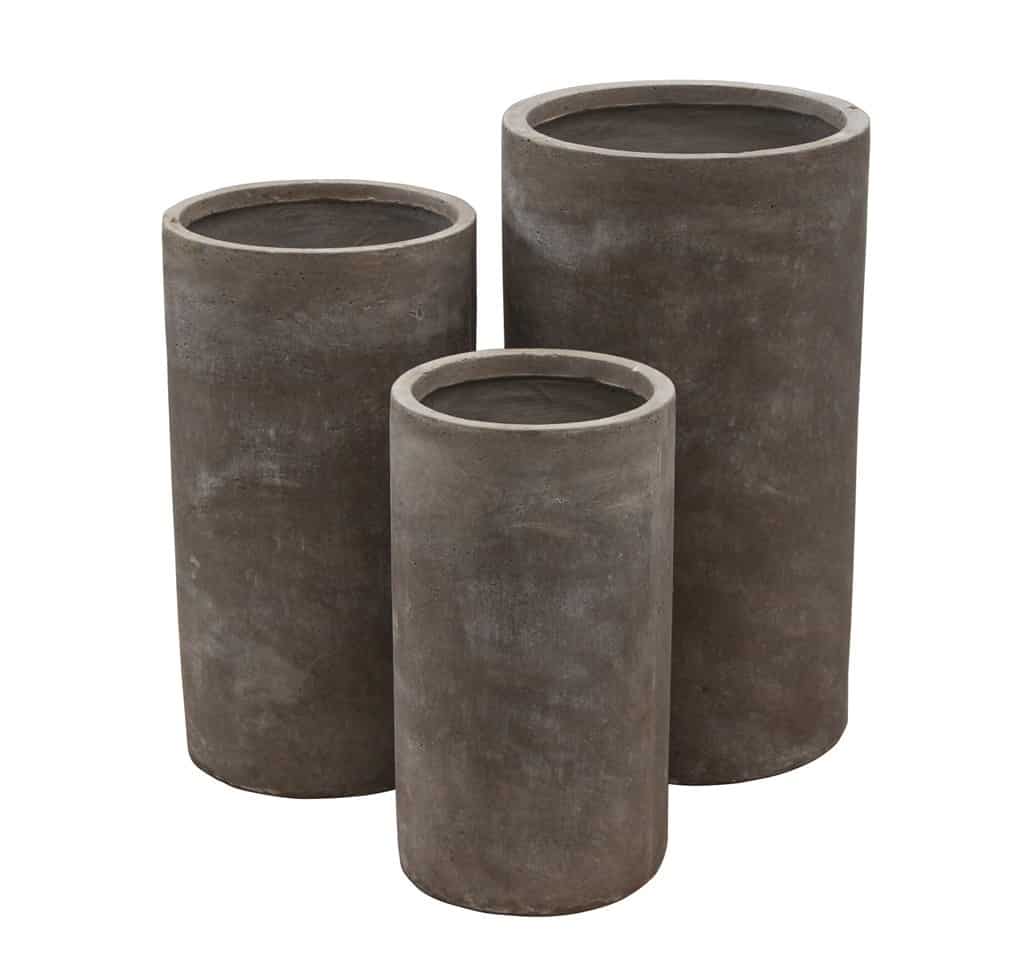
Soil
Best Case
- 50% akadama / pumice
- 50% scoria / coarse sand / synthetic slow release fertilizer
- Good porosity and drainage
- Non coagulating
- Sterilized / boiled
- Should retain moisture till 6-7 days
- Changed semi-annually
Average Case
- 50% gravel of appropriate size
- 50% organic material (soil, coarse sand, organic fertilizer)
- Good porosity and drainage
- Should retain moisture till 4-5 days
- Changed annually
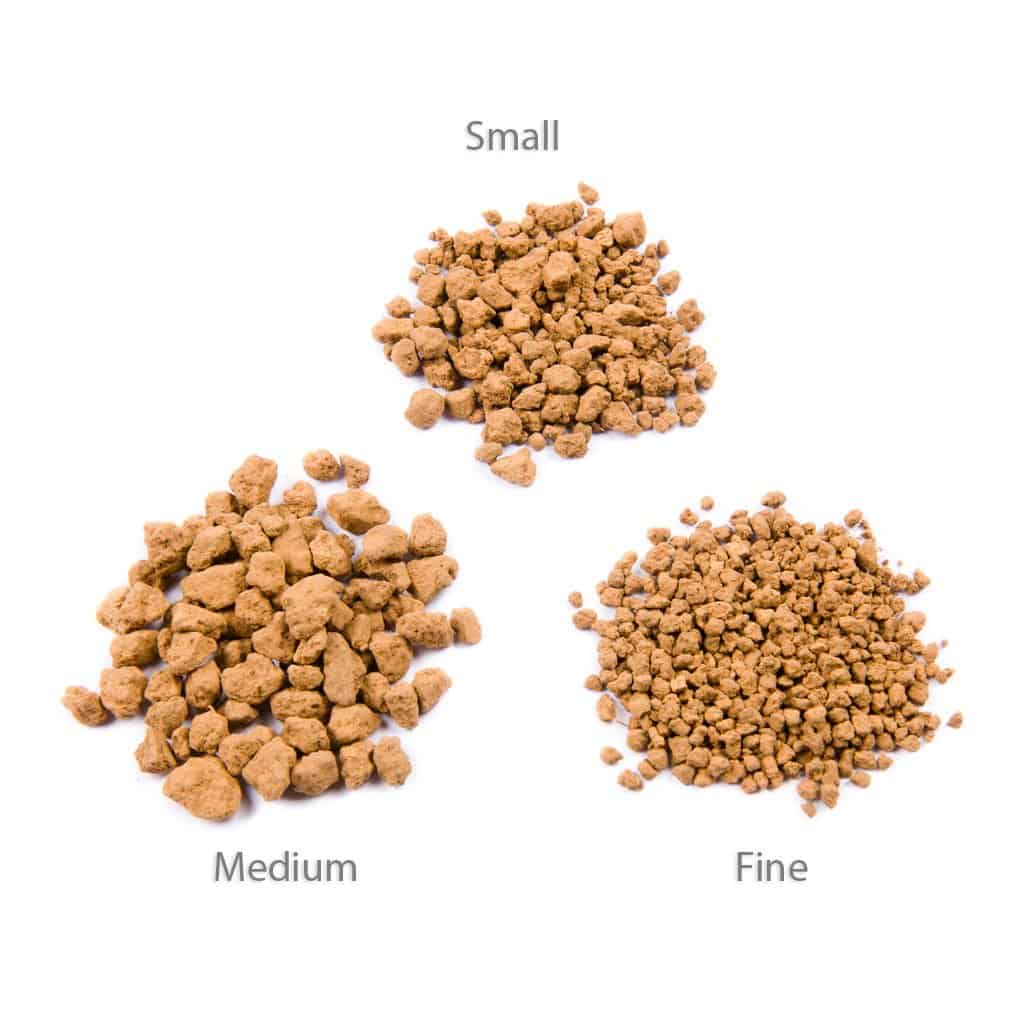
Water
Best Case
- PH level 5 – 5.5
- Water when medium is dry
Growing phase: Every 5-7 days
Hibernation phase: Every 10-14 days - Water thoroughly till water drains easily from pot’s bottom
- Water during evening in summers and early morning in winters
Average Case
- No average case. Haworthias are very sensitive to correct watering.
If not properly watered then it will be injurious or fatal to them. - PH level requirement can be relaxed
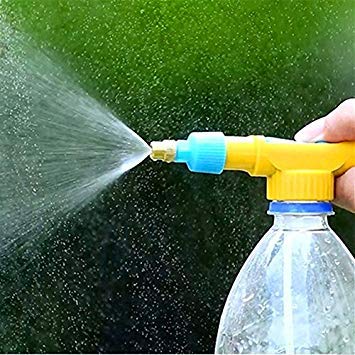
Fertilizer
Best Case
- Synthetic and quick release
- Applied with watering regimen
- NPK ratio – 3:1:2
- Micro nutrients – Sulfur, Magnesium, Calcium, Iron, Manganese and Boron
- Water during evening in summers and early morning in winters
Average Case
- Synthetic or Organic slow release
- Applied and refreshed while potting
- Leaf-mold, vermi-compost acceptable
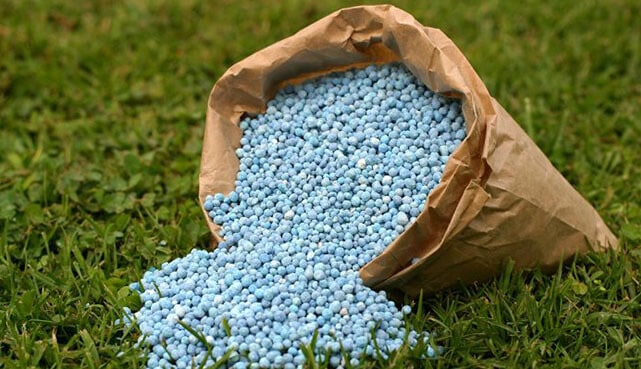
6. Conclusion
Successfully and beautiful growth is the result of interplay of several factors. Try adjusting all factors in play over a period of time, to find one that is most practical, suitable and worthwhile for you and the growing conditions. You will be surprised how lenient and forgiving Haworthias can be most of the time. In the end to see your plants growing with health is an incomparable joy, specially when brought about by your ingenuity and labor.
Good luck!
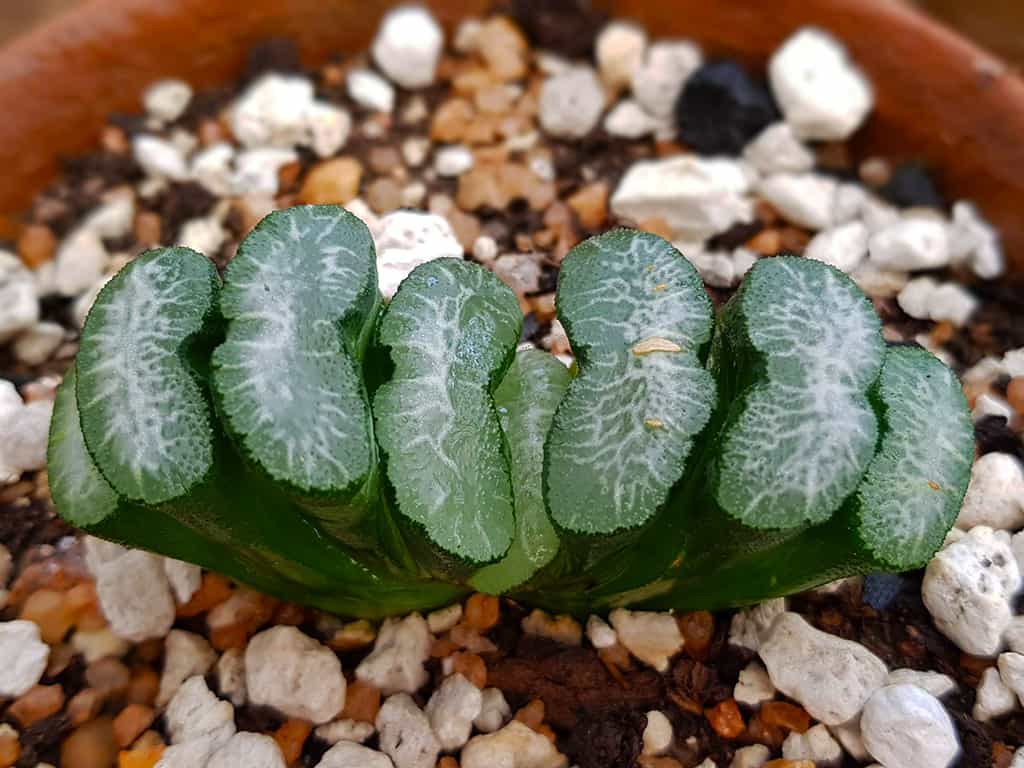
5. Notes
If the average case scenario is followed, then Haworthias should grow relatively healthy and with no problems. In fact Haworthias will tolerate slightly worse as well and continue growing. Following the best case scenarios even partially will result in much better care. One thing that Haworthias will not tolerate is incorrect watering. In order to get correct watering regimen for Haworthias in our location, we have to align our growing resources and conditions. Firstly it is best if the potting mix can hold moisture for 5-7 days. If the potting mix is average case and dries more easily, i.e. in 1-3 days, then it makes sense to change the pot to plastic or ceramic, so it helps to hold moisture in for longer. If not, and one continues to water the Haworthia every 3 days once it gets dry, then it is sure to kill the plant very soon. One can try to adjust growing conditions etc. too so that moisture is retained for advised period. Lastly if resources or conditions can not be adjusted, and media gets dry more frequently, then it still best to water every 5-7 days. Under watering doesn’t hurt Haworthias for a very long time, when compared to over watering or frequent watering which can kill the plant in a matter of days.
For temperature, there is no substitute but to bring it down to acceptable levels using one of the methods described in 3. Growing Conditions.
COMMUNITY
Pleasure of growing Haworthias increases manifold when done as a part of community. There is large community of Haworthia growers online. No matter where you are from, a google search with “Haworthia” + “Your country’s name here” will lead to some interesting and resourceful local groups. Find out what is working for other growers, learn and share. Feedback from fellow growers when coupled with academic articles is the best and most rigorous way to increase your Haworthia growing prowess. You can always reach out to us with your question or feedback, using any of the channels available on the Contact page.


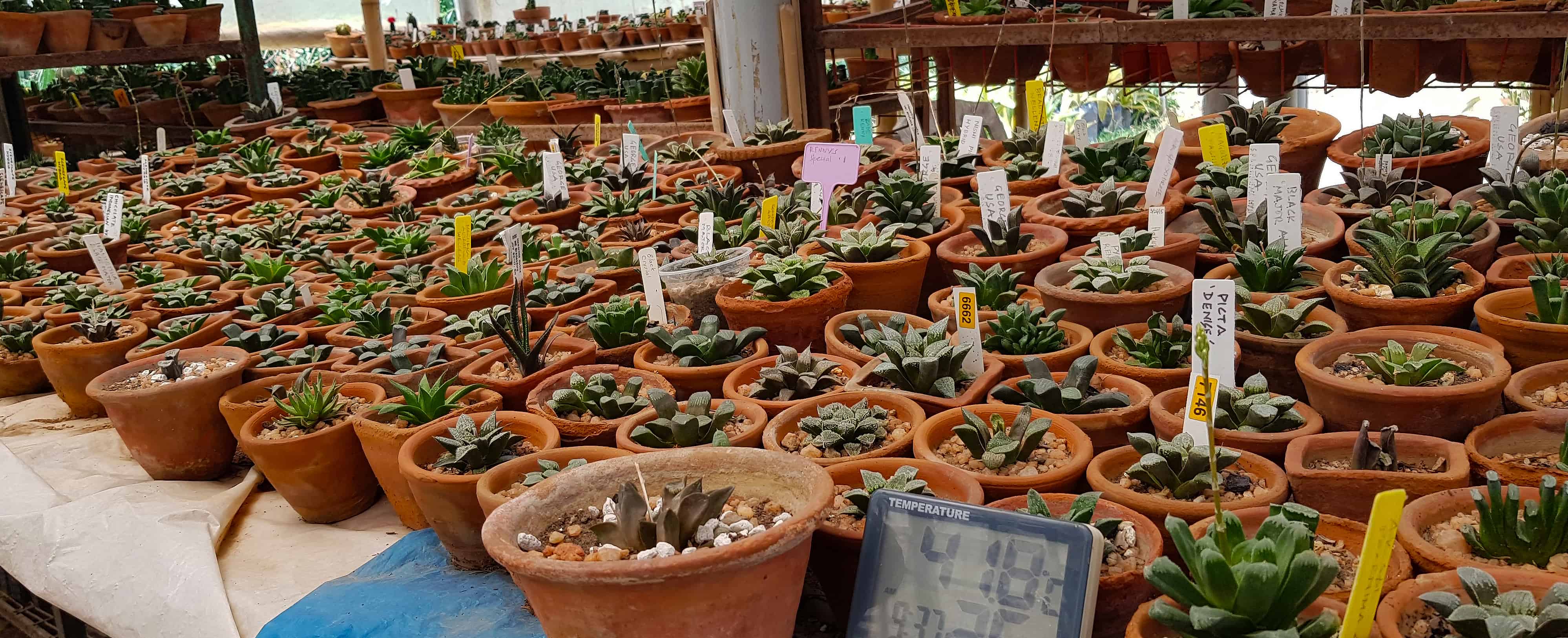
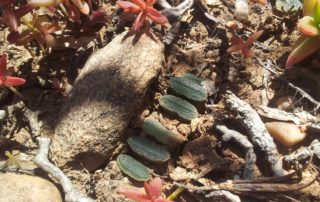
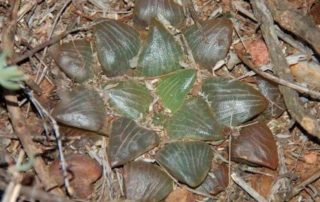
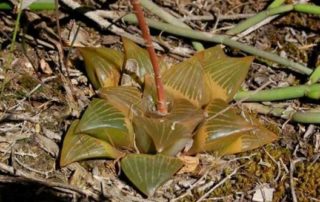
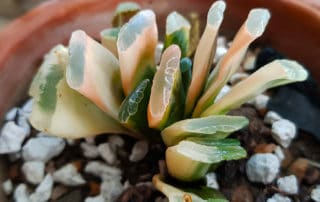
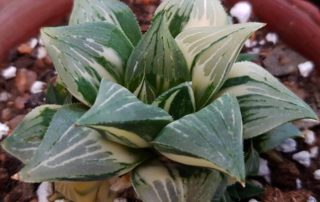
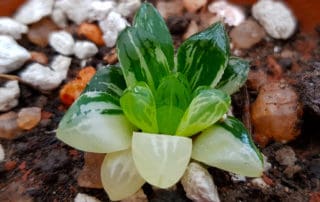


Hello
Read this article. It is the best thing I have even get as information for plant species. This is what i was finding till now. Happy to interact with your community.
Very useful info well explained Will try to do as told. Thnx
Extremely helpful… i hv read many articles n seen many videos on haworthia but never seen such a presise but complete information… superbly crisp article… really appriciate if u can suggest me a brand of fertilizer available online specifically for haworthia… Thanks
Thank you for your appreciation. You can use vermicompost for long term slow release fertilization of your haworthias.
This looks like a good choice:
https://www.amazon.in/TrustBasket-Organic-Vermicompost-Fertilizer-Manure/dp/B07PRXV7MJ/